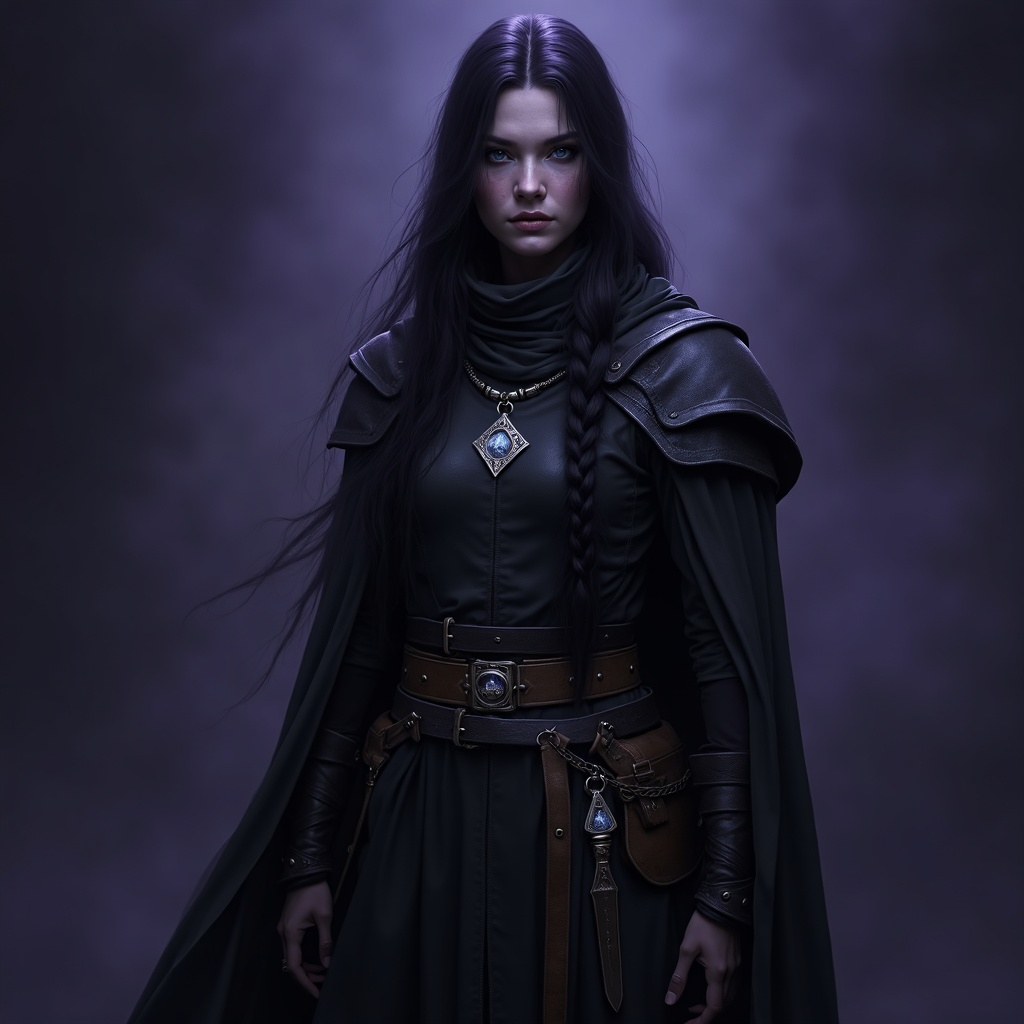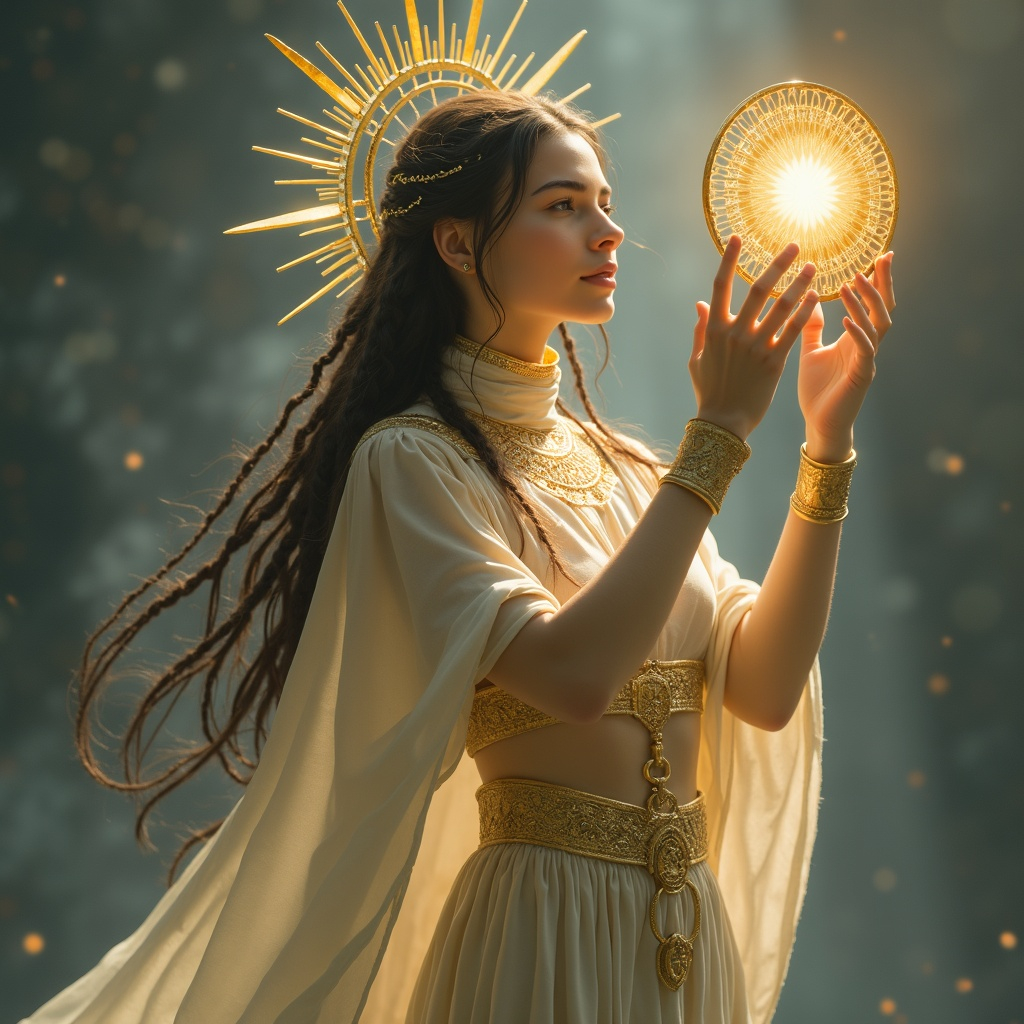Overview
The Elves of Skazka are a people defined by duality—beings who embody both shadow and light, beauty and cruelty, wisdom and arrogance. Among all mortal races, none command such respect or inspire such unease. Their lifespans stretch across centuries, allowing them to weave intricate schemes, cultivate vast stores of knowledge, and influence the course of history with a subtlety that others can scarcely perceive. Yet despite their long memories, the origins of the Elves remain shrouded in mystery. They emerged from a schism, one that continues to shape their destiny: a people born of shadow who have chosen different paths toward or away from the light.
At their core, the Elves are seekers. They are driven by questions of power, freedom, and meaning, but the answers they pursue differ among their kindreds. Dark Elves hunger for control and dominance, their desires shaped by Lolth’s cruel web. Sun Elves seek liberation and enlightenment, striving to build communities founded on trust and cooperation. Wood Elves yearn for harmony with the natural world, their lives guided by the cycles of forest and season. Yet across all their forms, Elves are united by an insatiable curiosity and ambition. They cannot remain idle; whether through mastery of shadow, devotion to light, or communion with the living world, they seek to shape destiny—both their own and that of Skazka itself.
The Elves occupy an ambiguous place in the societies of Skazka. Their longevity and wisdom make them invaluable as advisors, scholars, and spellcasters, but their air of superiority and hidden agendas inspire mistrust. Sun Elves have integrated most readily, establishing kingdoms, trading with humans, and spreading their knowledge. Wood Elves maintain selective alliances, offering counsel when it serves to protect their forests but guarding their secrets closely. Dark Elves, in contrast, are rarely welcomed; their loyalty to Lolth and their penchant for intrigue ensure that they are viewed as dangerous adversaries more often than allies. Despite these divisions, all Elves exert an undeniable influence wherever they walk, their presence a reminder that they are not merely another mortal race but living echoes of forces older than time itself.



